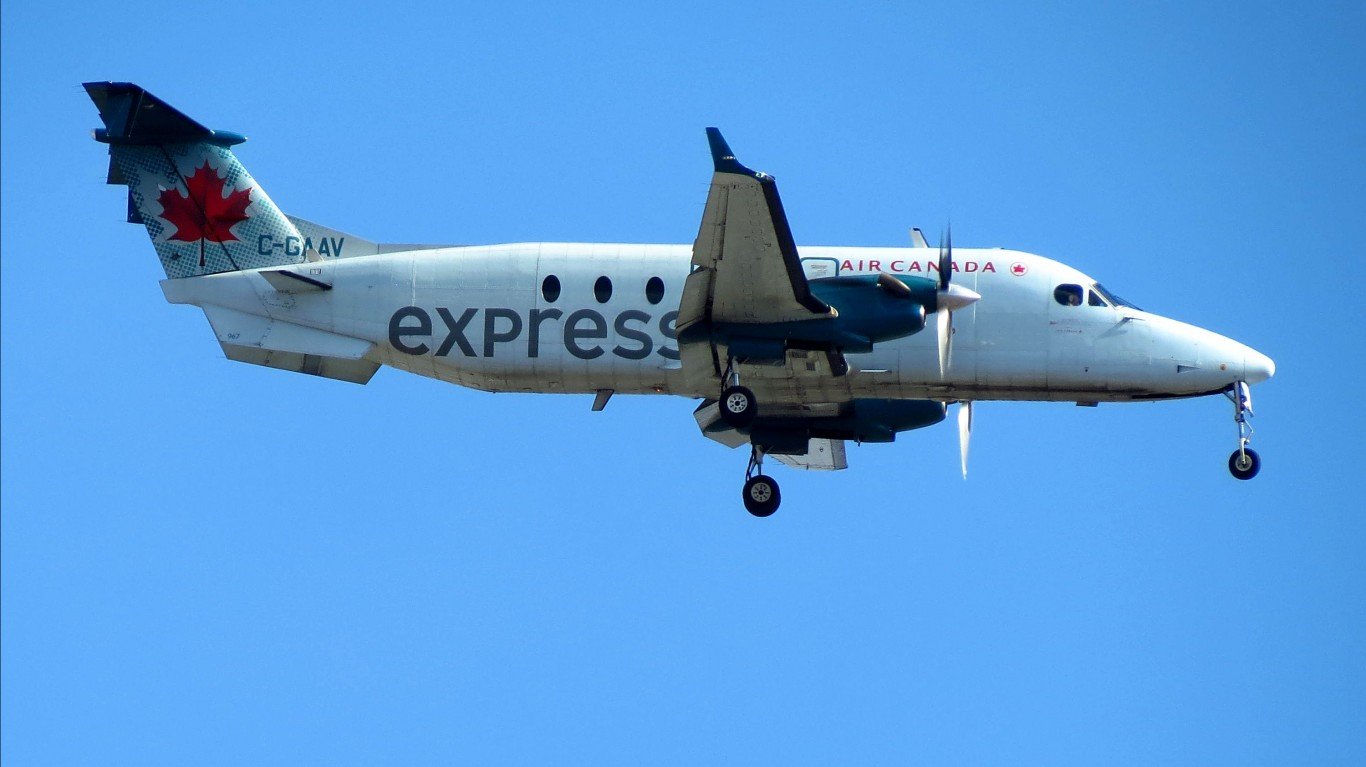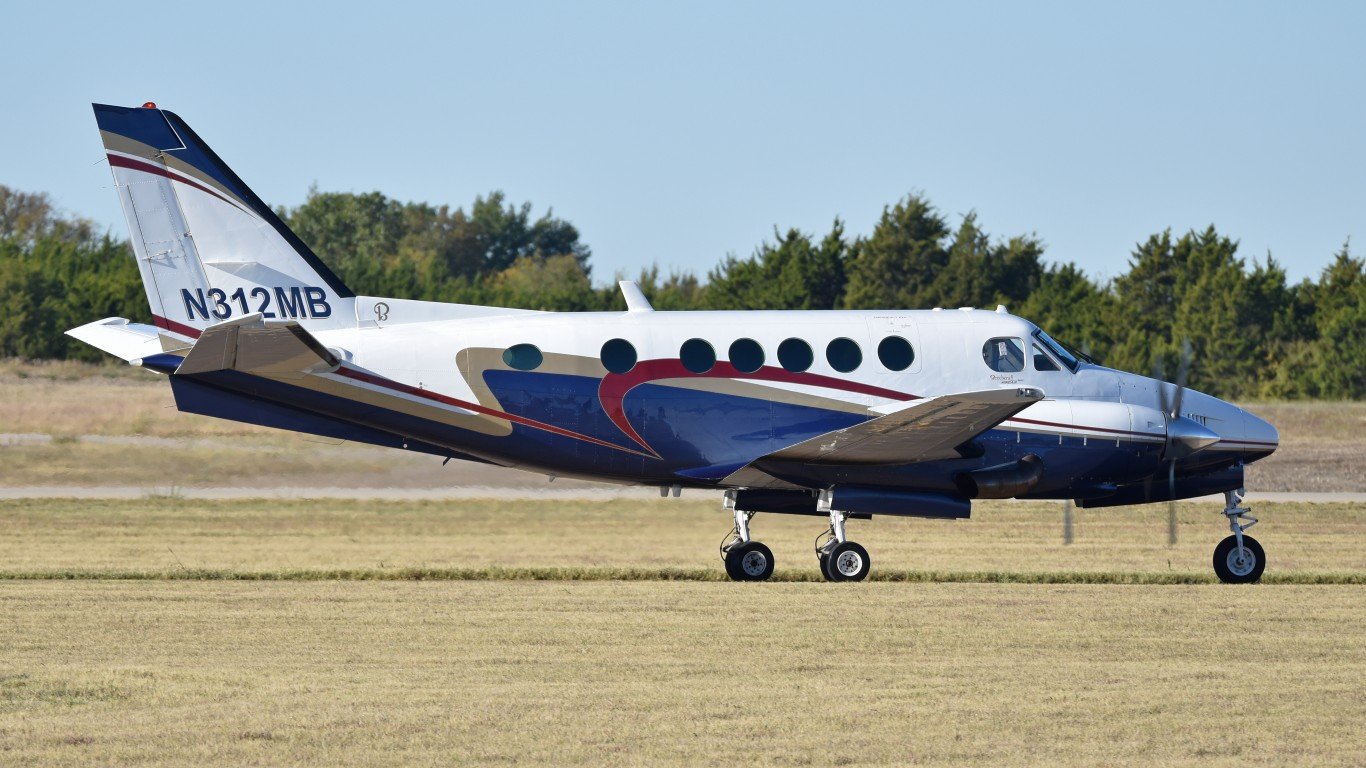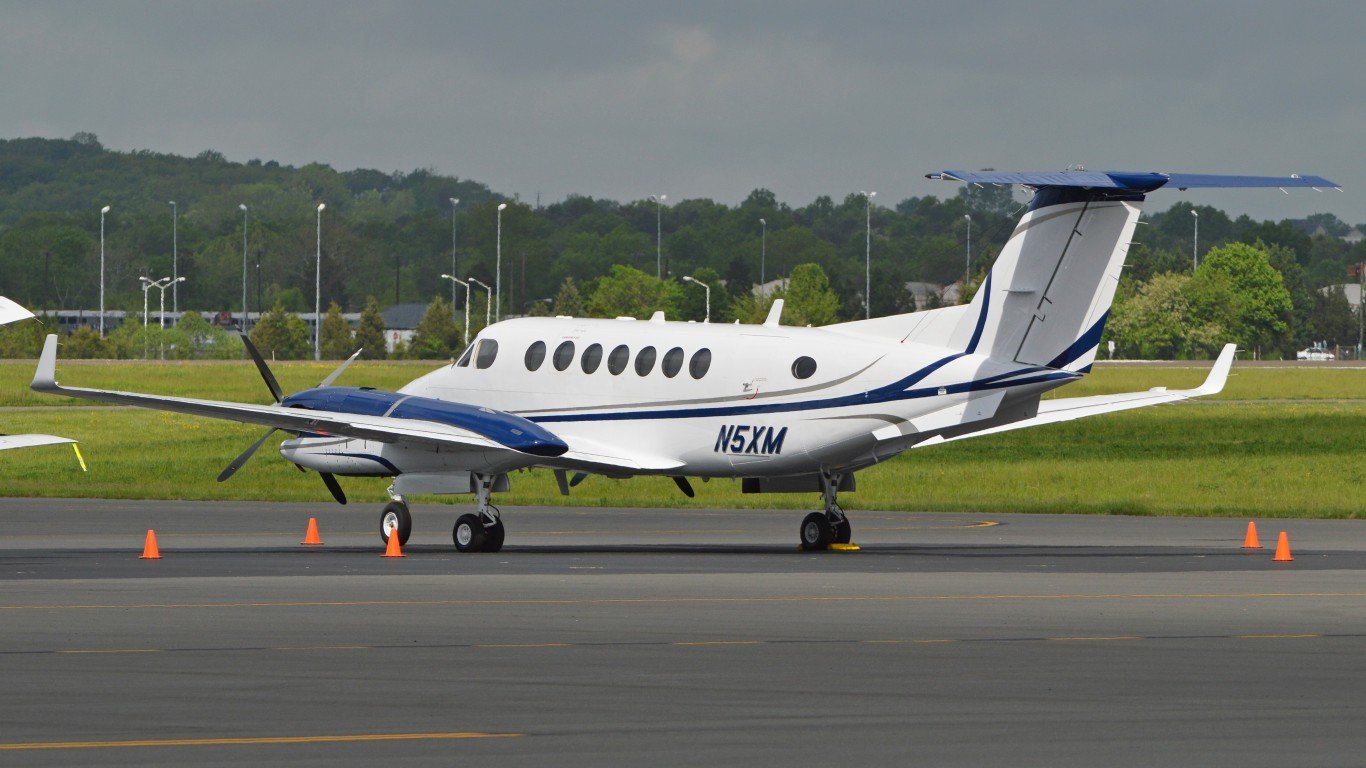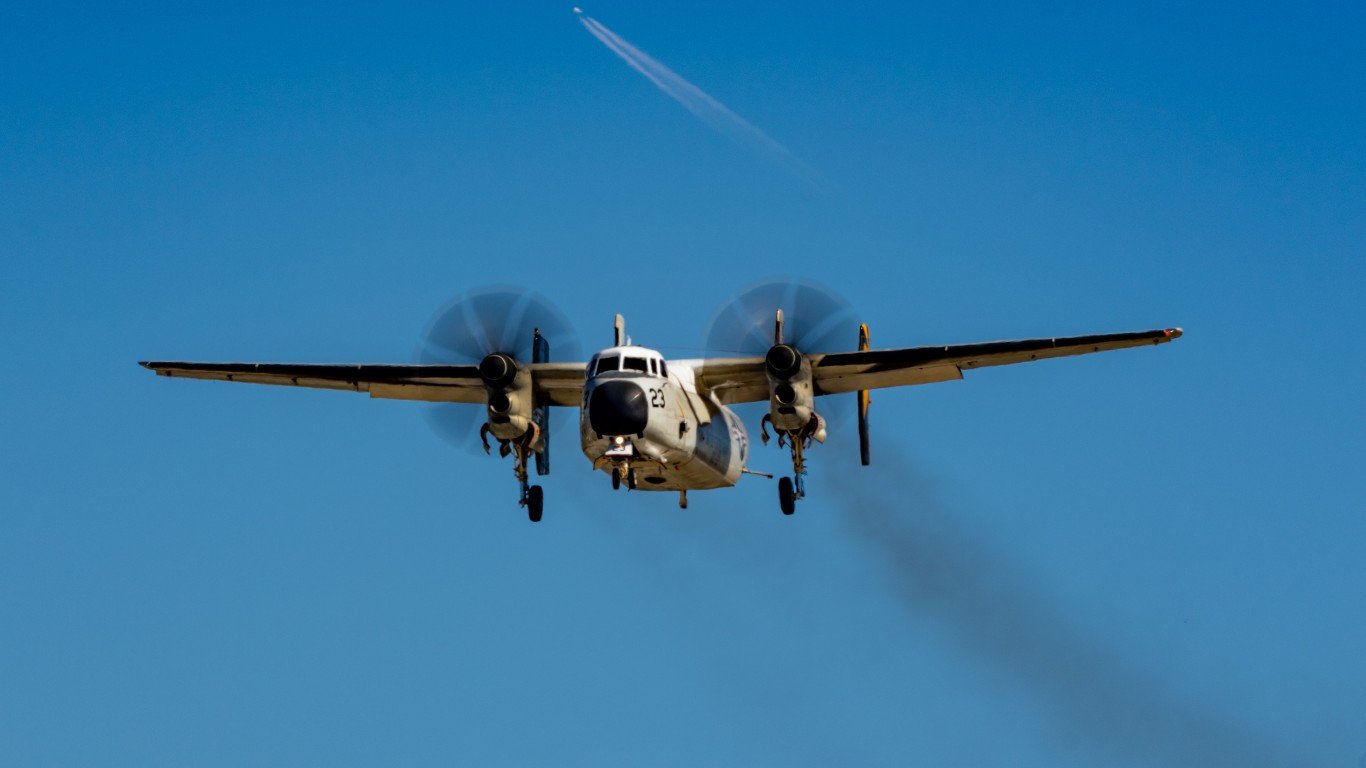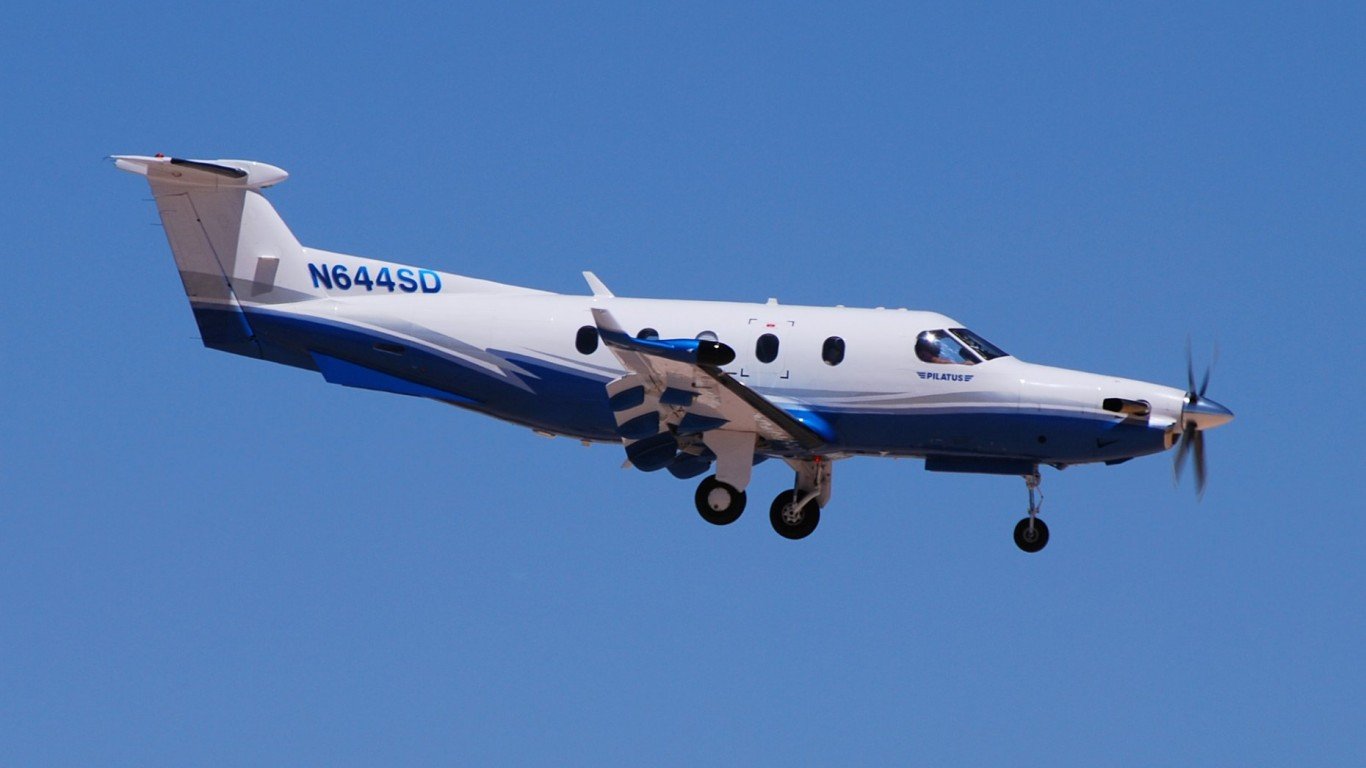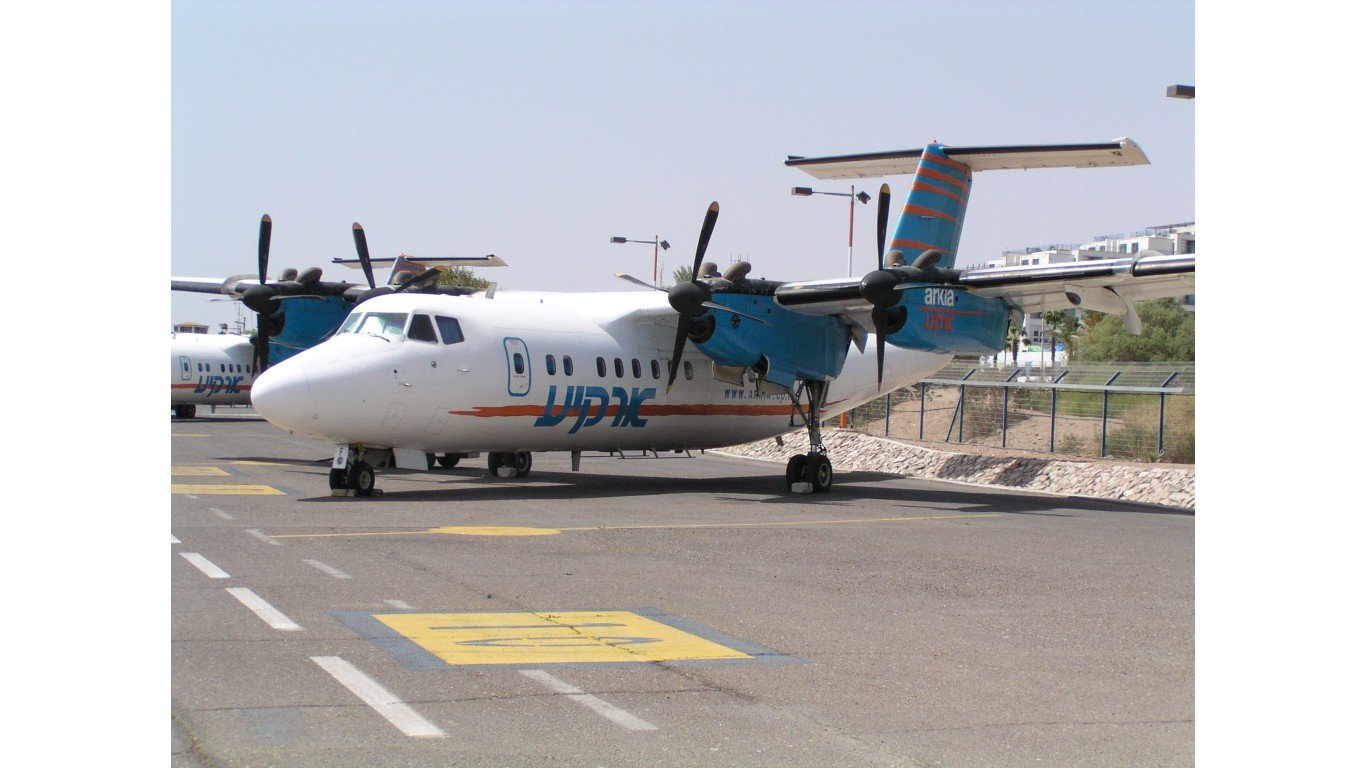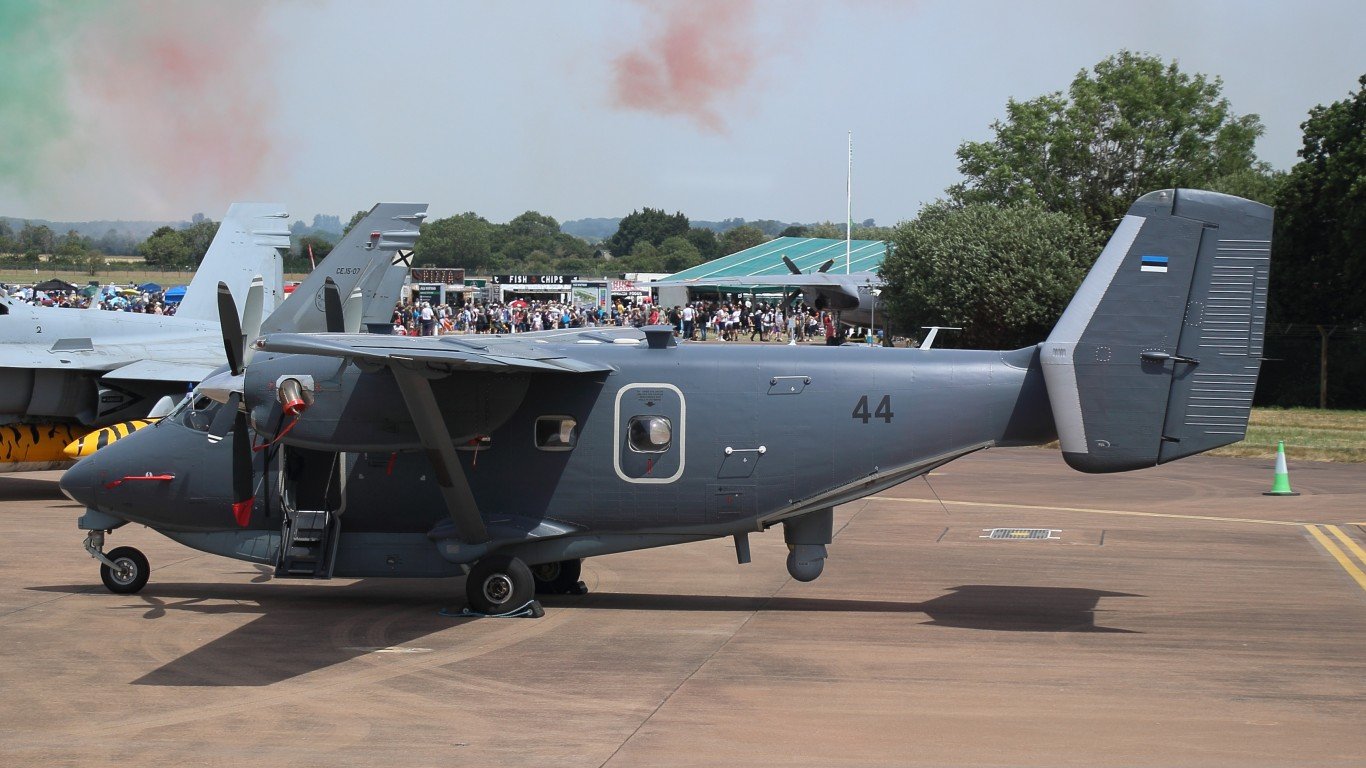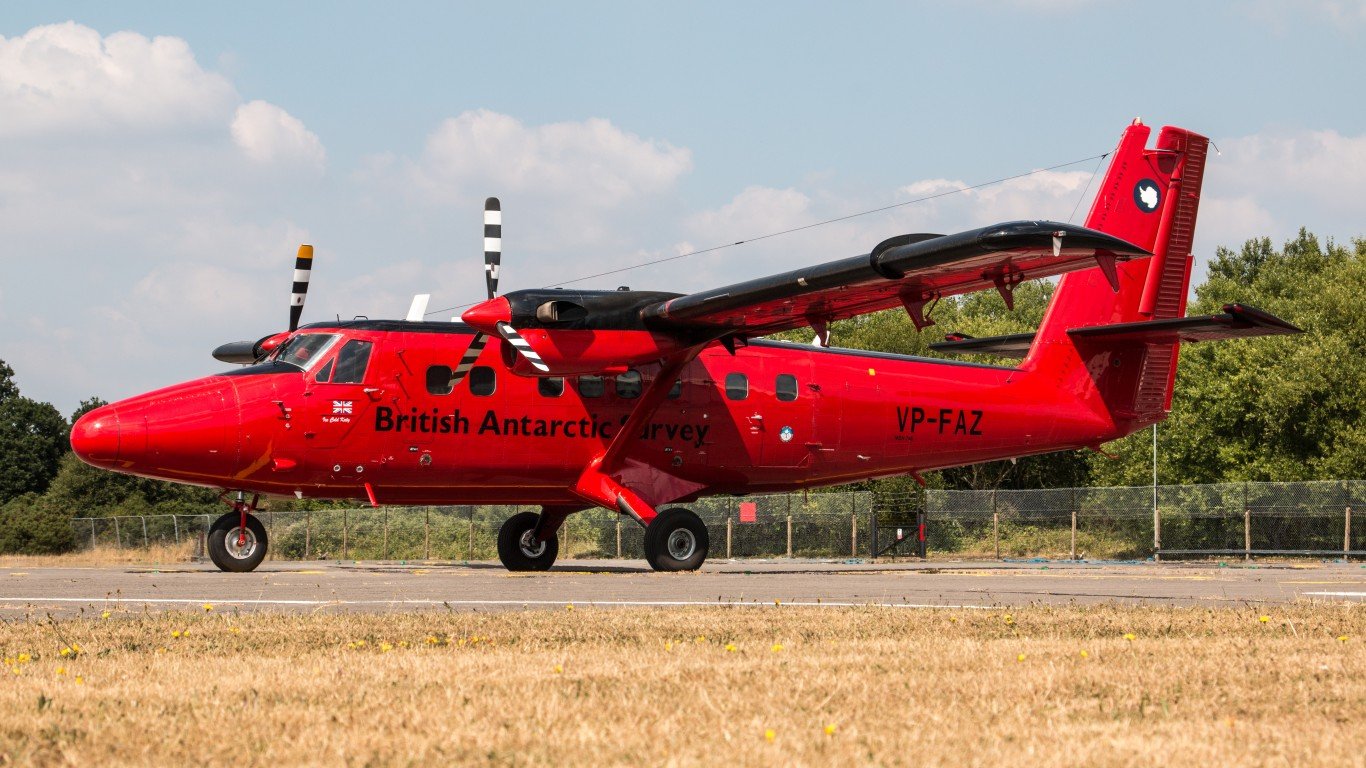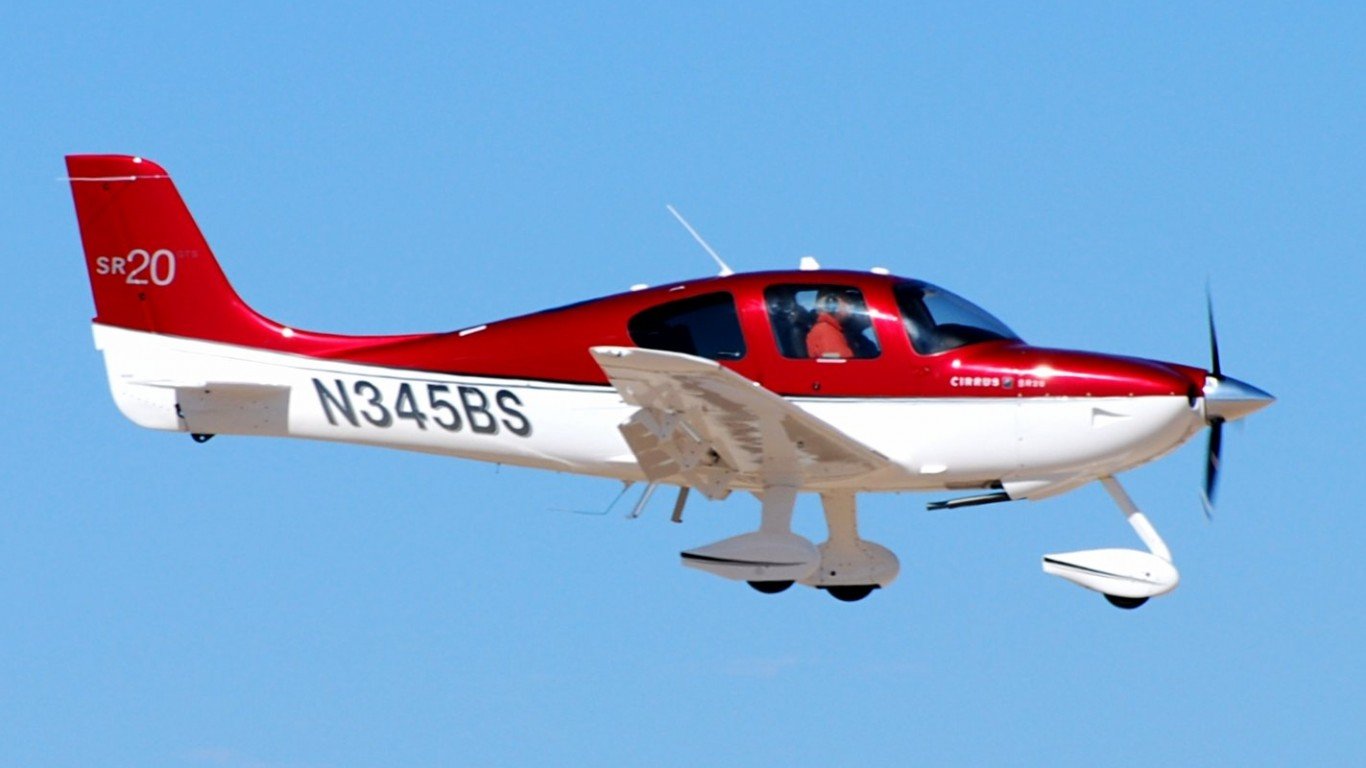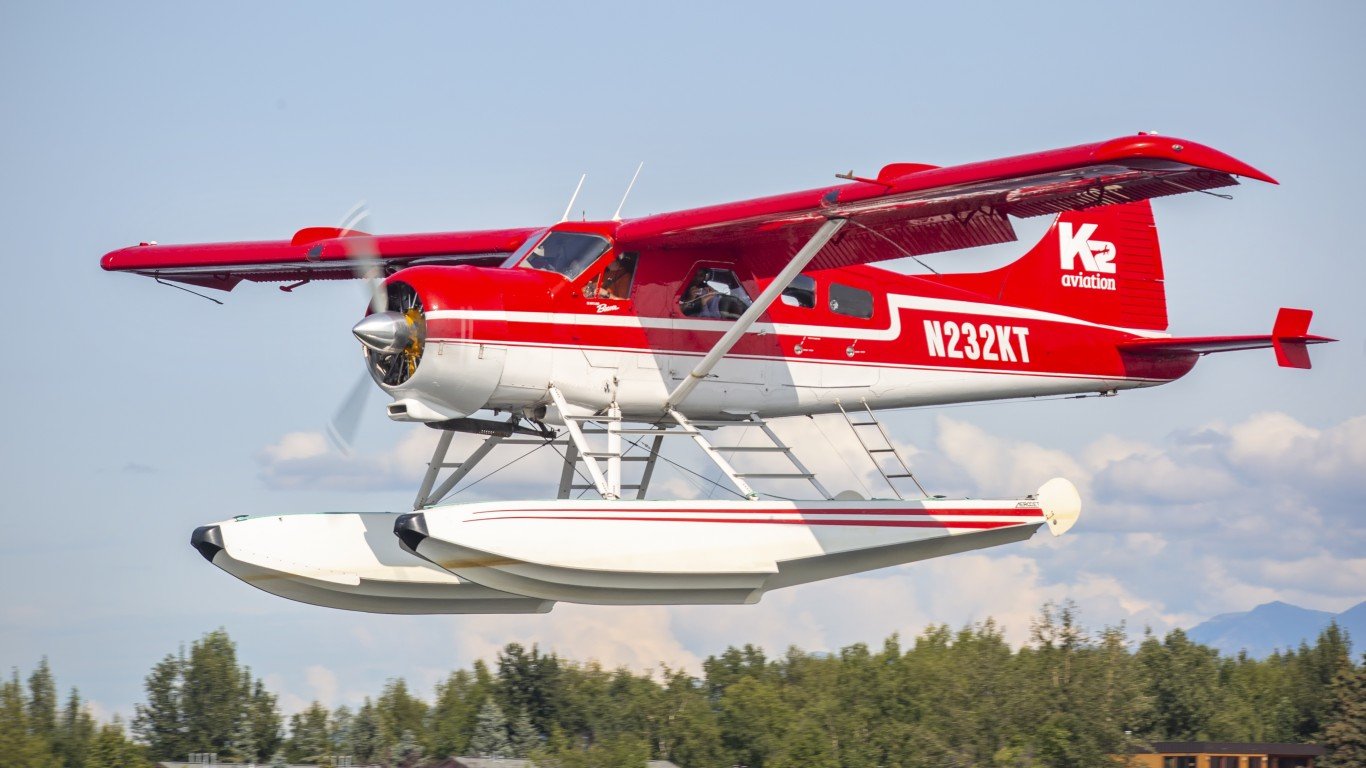

When people think of planes used by the United States Military, they may often envision fast jets – fighter planes that are capable of moving at supersonic speeds of mach 3 and even higher. But these aren’t the only planes used by the armed forces. Speed is not always necessary for a mission; at times, slow planes are often essential for the task at hand.
These slow-speed aircraft may not have the allure and thrill of their high-speed counterparts, but they play an indispensable role across diverse military operations. Engineered for low-speed maneuvers, these planes excel in tasks like maritime patrol, reconnaissance, surveillance, and transportation. Aircraft like the AC-130 can provide utility in close air support to ground troops on battlefields.
Slow-speed aircraft are not only functional in operational roles but they serve as valuable training assets addition. The Cirrus SR20, for instance, enjoys popularity within the U.S. Air Force, functioning both as a training platform and a preparatory stage for cadets before progressing to more advanced aircraft. (On the other hand, these are the world’s 13 fastest fighter jets.)
24/7 Wall St. determined the slowest planes the U.S. armed forces use by reviewing a list of U.S. military aircraft produced by Military Factory, an online database of military vehicles, aircraft, arms, and more. Aircraft with top speeds lower than 350 miles per hour were ranked according to their top speed, from fastest to slowest. Supplemental information on military branches using the aircraft and the aircraft’s role came from the World Directory of Modern Military Aircraft. The dates of these aircraft’s first flight came from both WDMMA and from Military Factory.
Among the slowest military aircraft currently in operation is the AC-130J, a variant of Lockheed’s Hercules transport plane and a prominent example of how slow an aircraft can be. It has a top speed slightly surpassing 300 miles per hour and it offers crucial close-air support during combat scenarios. Varied versions of the AC-130 have played pivotal roles since the Vietnam era, actively participating in the United States’ major military conflicts.
This list is comprised of aircraft spanning diverse categories including trainers, transports, and specialized missions. These planes are deployed across all branches of the U.S. military. Perhaps one of the biggest differentiating factors is the year that each plane was first flown, with some first flown more than half a century ago, while others began flying much more recently. (This is the U.S. Air Force’s oldest aircraft.)
Here are the slowest planes currently used by the U.S. military
19. Beech 1900
- Top speed: 348 mph
- Category: Transports
- Military branch: US Army
- First flown: 1900
18. Beechcraft King Air
- Top speed: 348 mph
- Category: Trainers
- Military branch: US Army
- First flown: 1963
17. Beechcraft Super King Air
- Top speed: 348 mph
- Category: Trainers, Transports, Special-Mission
- Military branch: US Navy, Air Force, Army, Marine Corps
- First flown: 1972
16. Grumman C-2 Greyhound
- Top speed: 331 mph
- Category: Transports
- Military branch: US Navy
- First flown: 1964
15. Pilatus PC-12
- Top speed: 329 mph
- Category: Transports, Special-Mission
- Military branch: US Navy, Air Force
- First flown: 1991
14. Saab 340
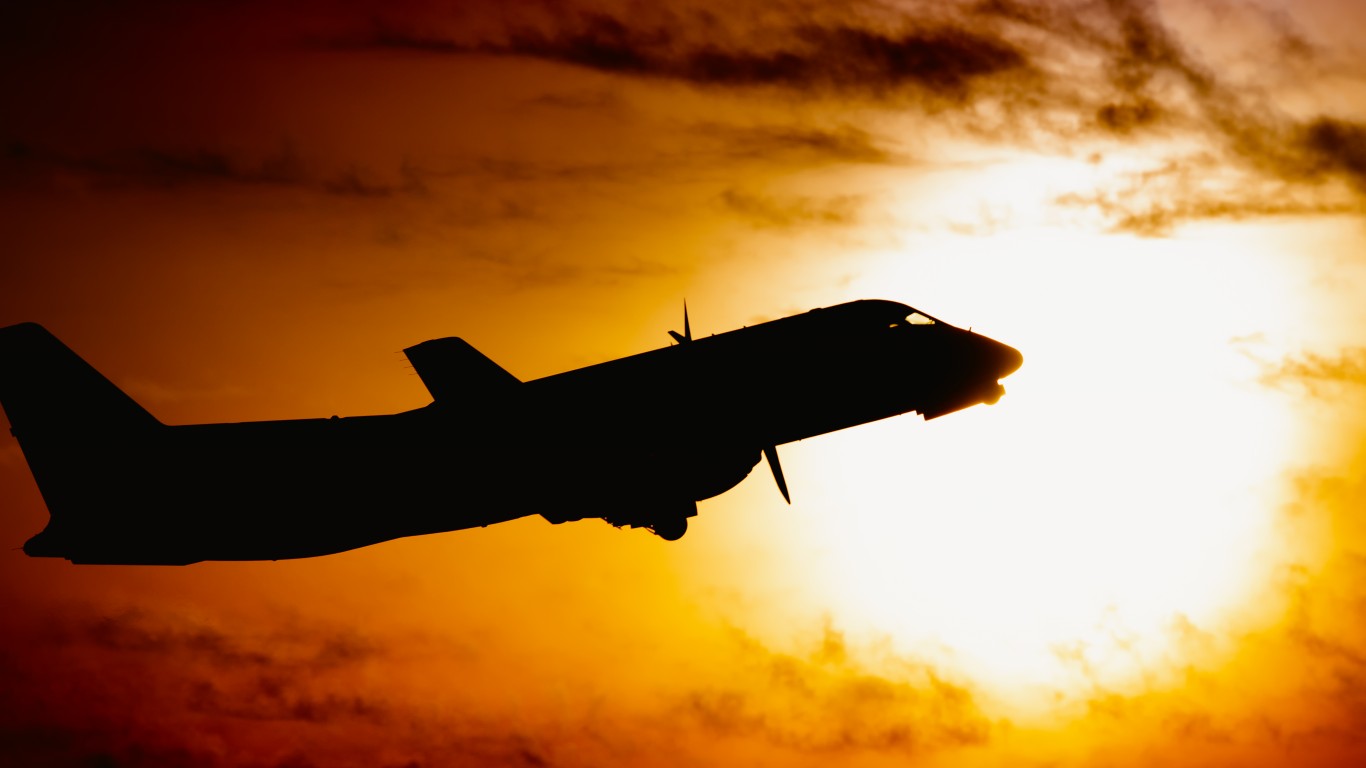
- Top speed: 326 mph
- Category: Trainers
- Military branch: US Navy
- First flown: 1983
13. Beechcraft T-34 Mentor
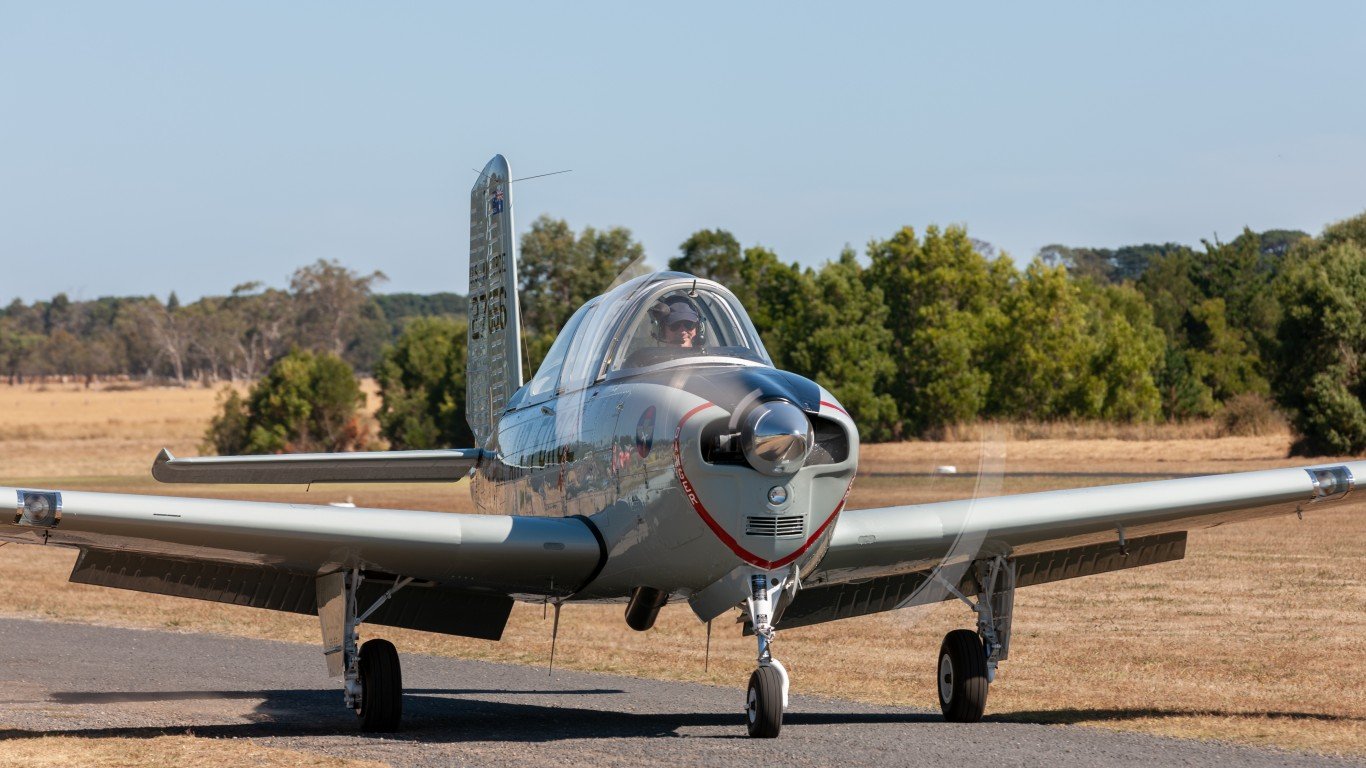
- Top speed: 322 mph
- Category: Trainers
- Military branch: US Navy, Marine Corps
- First flown: 1948
12. Raytheon T-6 Texan II
- Top speed: 320 mph
- Category: Trainers
- Military branch: US Navy, Army, Air Force
- First flown: 1998
11. Lockheed AC-130
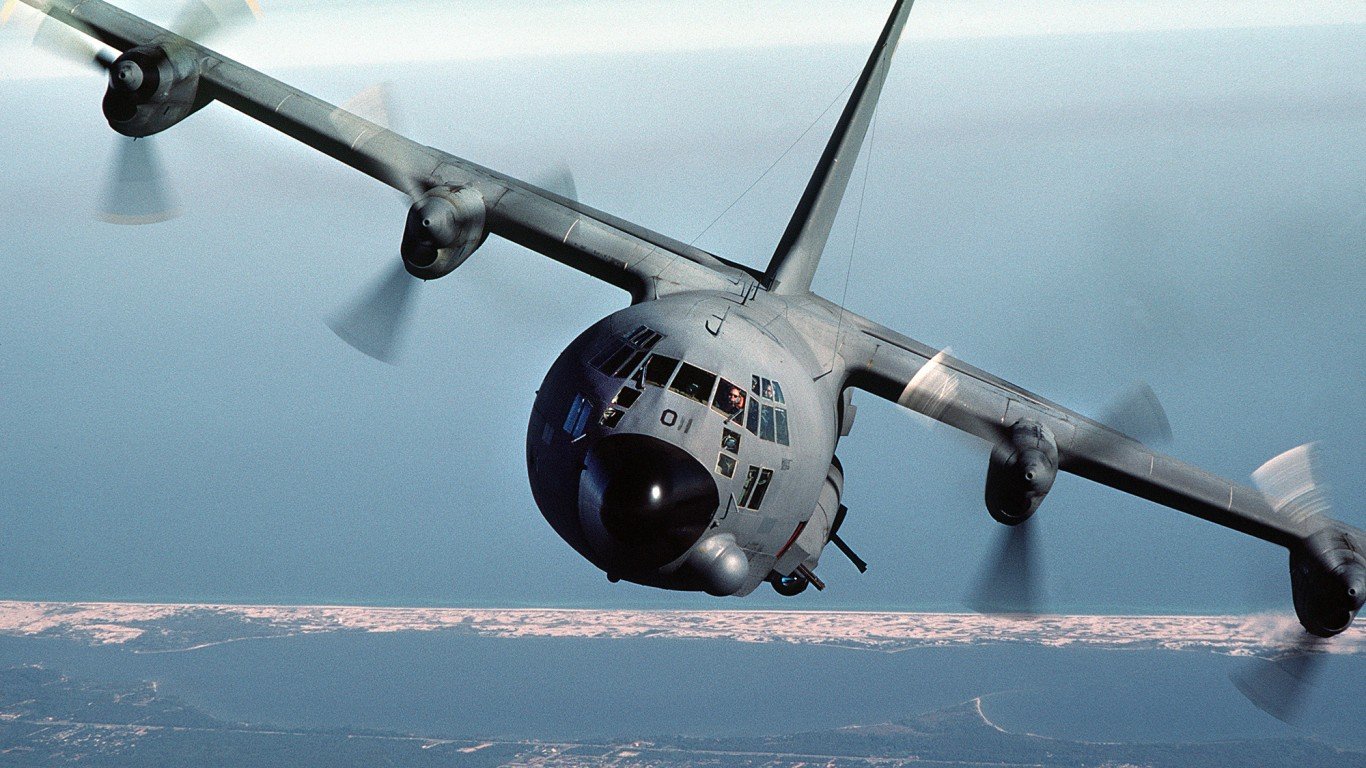
- Top speed: 300 mph
- Category: Close-Air Support
- Military branch: US Air Force
- First flown: 1966
10. Airbus (EADS CASA) CN-235

- Top speed: 282 mph
- Category: Special-Mission
- Military branch: US Air Force
- First flown: 1983
9. de Havilland Canada DHC-7 Otter
- Top speed: 267 mph
- Category: Trainers
- Military branch: US Army
- First flown: 1975
8. CASA C-212 Aviocar
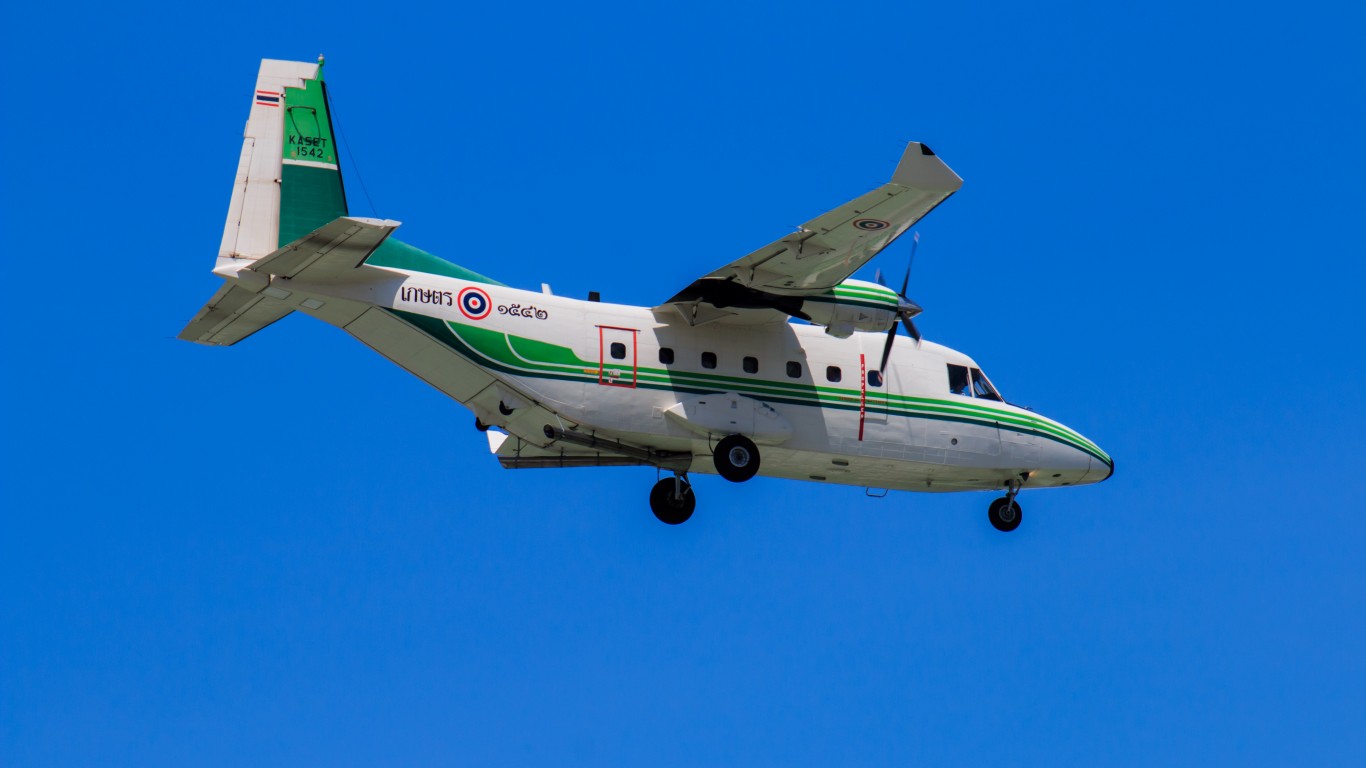
- Top speed: 230 mph
- Category: Transports
- Military branch: US Army
- First flown: 1971
7. PZL M28 Skytruck
- Top speed: 221 mph
- Category: Transports
- Military branch: US Air Force
- First flown: 1984
6. Cessna 208
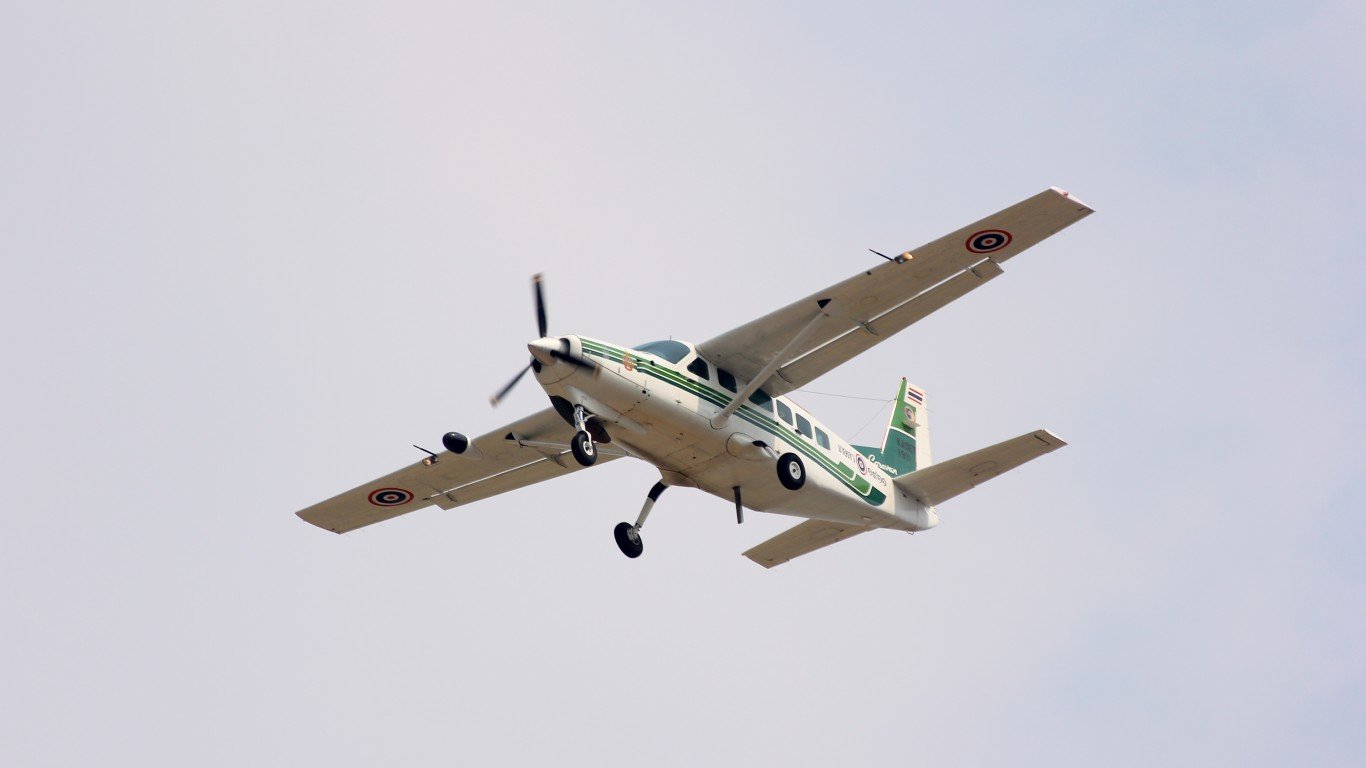
- Top speed: 214 mph
- Category: Special-Mission, Transports
- Military branch: US Air Force, Army
- First flown: 1982
5. Grob G120
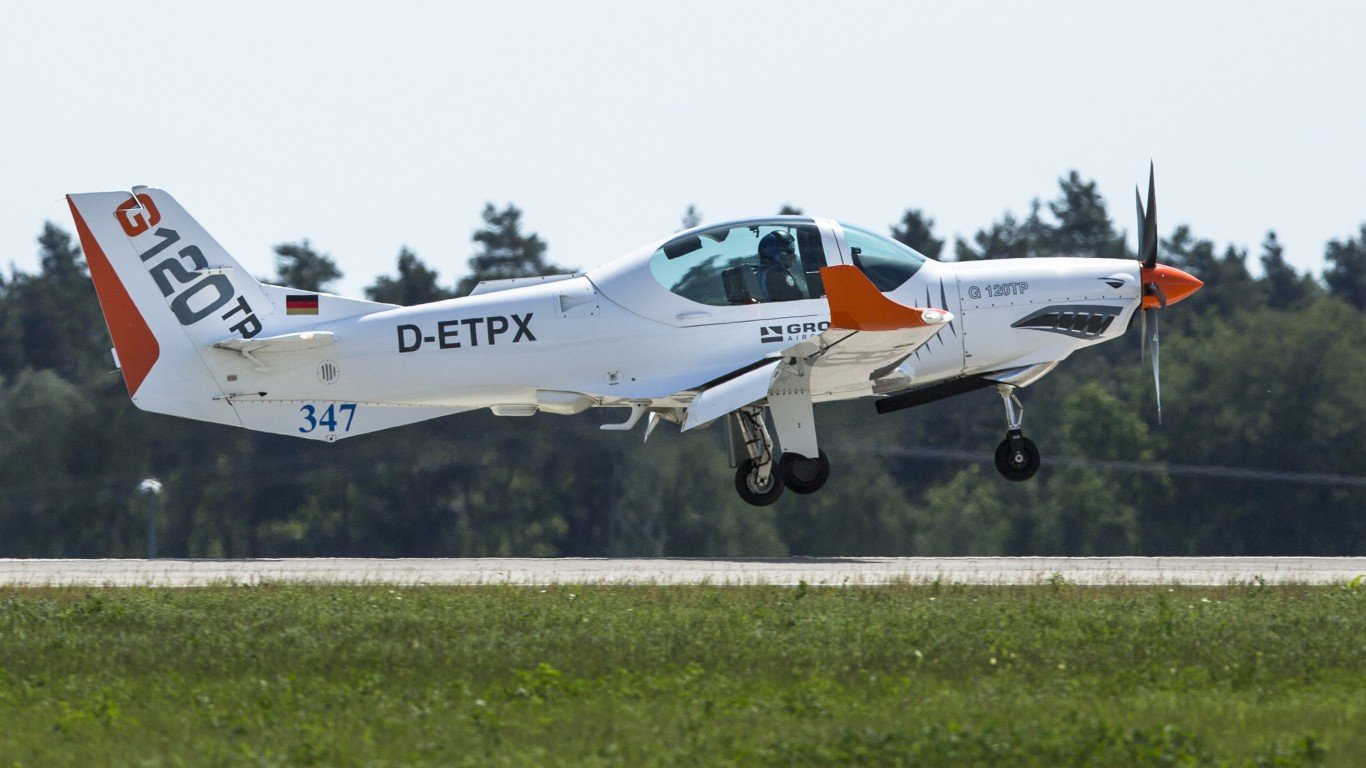
- Top speed: 199 mph
- Category: Trainers
- Military branch: US Army, Air Force
- First flown: 1999
4. de Havilland Canada DHC-6 Twin Otter
- Top speed: 196 mph
- Category: Transports
- Military branch: US Army, Air Force
- First flown: 1965
3. Cirrus SR20
- Top speed: 180 mph
- Category: Trainers
- Military branch: US Air Force
- First flown: 1995
2. de Havilland Canada DHC-3 Otter
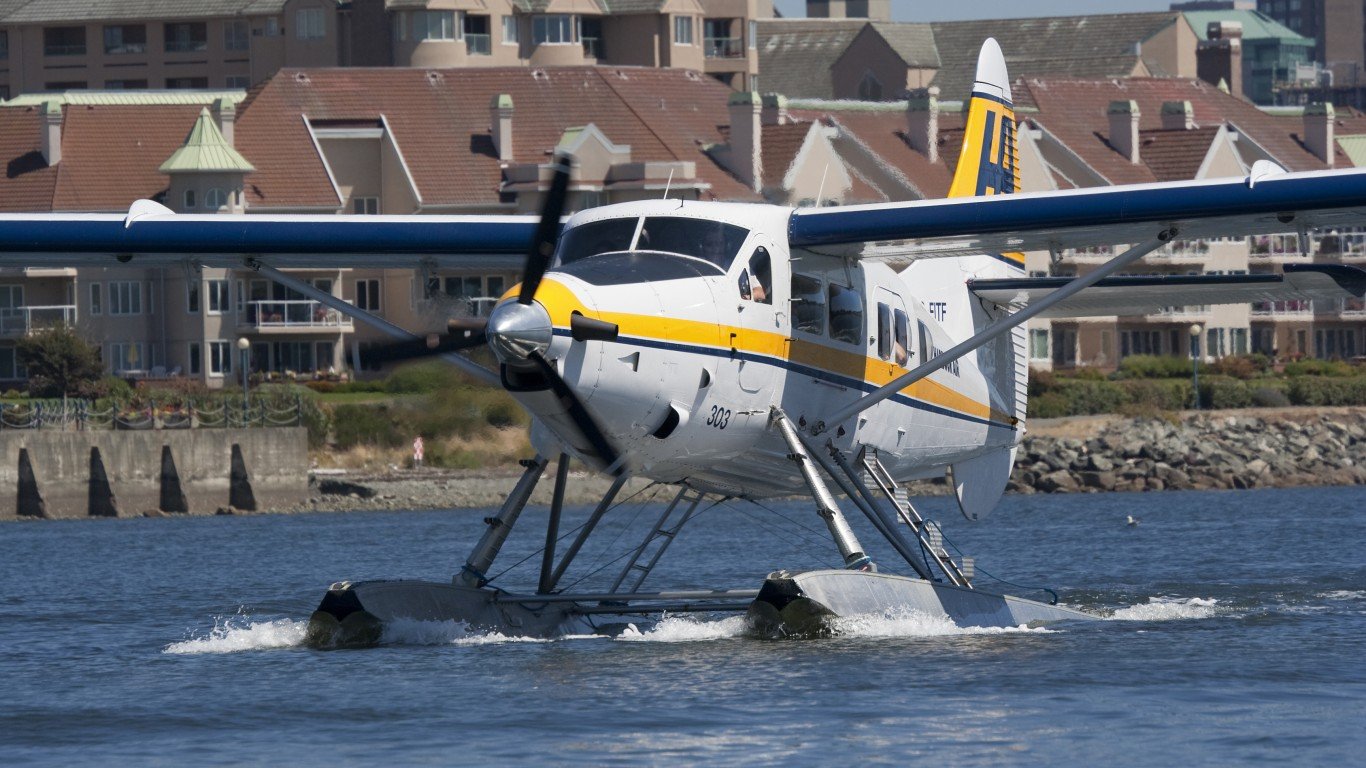
- Top speed: 160 mph
- Category: Trainers
- Military branch: US Navy
- First flown: 1951
1. de Havilland Canada DHC-2 Beaver

- Top speed: 158 mph
- Category: Trainers
- Military branch: US Navy
- First flown: 1947
The Easy Way To Retire Early
You can retire early from the lottery, luck, or loving family member who leaves you a fortune.
But for the rest of us, there are dividends. While everyone chases big name dividend kings, they’re missing the real royalty: dividend legends.
It’s a rare class of overlooked income machines that you could buy and hold – forever.
Click here now to see two that could help you retire early, without any luck required.
Thank you for reading! Have some feedback for us?
Contact the 24/7 Wall St. editorial team.
